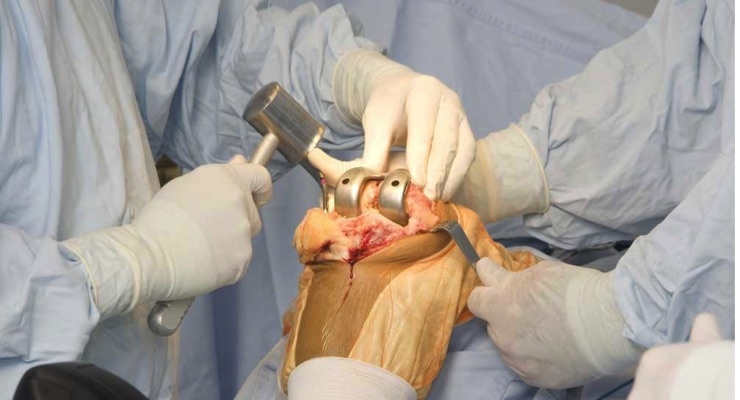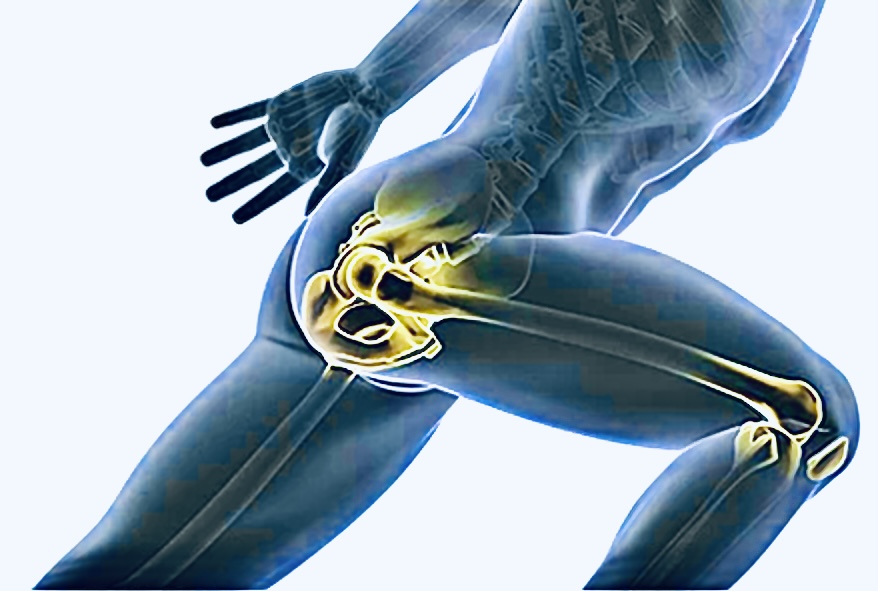
KNEE REPLACEMENT
Optimal Recovery, Empowered Mobility: Unleash the Precision of Muscle-Sparing Robotic Knee Replacement.
Dr. Lupo: Leading the Way in Mako Robotic-Arm Assisted Knee Replacement
Achieve Optimum Recovery: Dr. Lupo’s Exclusive Expertise in Muscle-Sparing Techniques
Experience the Difference: Dr. Lupo is the Unmatched Leader in Robotic Knee Replacement
Dr. Robert Lupo has been performing Mako Robotic-Arm Assisted Knee Replacement exclusively since 2014, with an extensive track record of thousands of successful cases. Unlike other surgeons in the region, Dr. Lupo’s unparalleled experience with robotics sets him apart.
By using a 3D virtual model of your unique anatomy and CT scans, Dr. Lupo meticulously plans your surgery for optimum range of motion and stability. During the procedure, he tailors the plan to fit your specific anatomy, ensuring impeccable fit and ligament balance. Using the robotic arm as an extension of his skilled hands, he executes your surgery with precision.
Dr. Lupo’s innovative approach also involves a unique incision technique along the medial side of the leg, sparing the quadriceps tendon and muscle. This leads to significantly less pain post-surgery, faster recovery, improved strength, and enhanced early range of motion. Patients experience better mobility, independence, and often require less physical therapy.
Choose Dr. Lupo for personalized care, cutting-edge technology, and unparalleled expertise in Mako Robotic-Arm Assisted Knee Replacement. Rediscover a life free from knee pain and embrace a brighter, active future.

